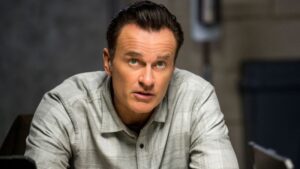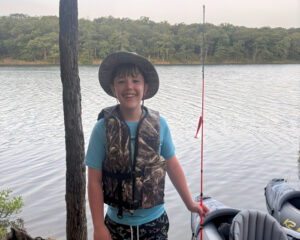
In a groundbreaking shift within the world of rodeo, women are increasingly taking the reins in ranch bronc riding, a sport traditionally dominated by men. This development marks a significant moment in the rodeo community, as female riders challenge long-standing gender norms and seek to expand their presence in this demanding event.
Ranch bronc riding, known for its rigorous demands and high-risk maneuvers, has long been a male-dominated field. However, recent competitions have seen a noticeable increase in female participants, signaling a change in the sport’s dynamics. These women are not only competing but also excelling, bringing new attention and audiences to the event.
Breaking the Mold: Women in Rodeo
The rise of women in ranch bronc riding is part of a broader trend in the rodeo world, where female athletes are increasingly making their mark. Historically, rodeo events like bull riding and bronc riding have been seen as male-only domains, with women often relegated to less physically demanding roles.
However, the determination and skill of female riders are beginning to shift these perceptions. According to the Women’s Professional Rodeo Association, there has been a significant uptick in female participation across various rodeo events, with ranch bronc riding being one of the most notable.
The Challenges and Triumphs
Ranch bronc riding requires a unique blend of strength, balance, and fearlessness. Riders must stay atop a bucking horse for a set period, demonstrating control and style. For women entering this field, the challenges are not just physical but also cultural, as they navigate a sport steeped in tradition.
Despite these hurdles, many female riders are making a name for themselves. “It’s about proving to ourselves and others that we belong here,” says Jessica Smith, a prominent figure in women’s ranch bronc riding. “We’re not just here to participate; we’re here to win.”
“The number of women competing in ranch bronc riding has doubled over the past five years,” according to the Rodeo Association’s latest report.
Historical Context and Future Prospects
The inclusion of women in ranch bronc riding is reminiscent of other sports where female athletes have broken barriers. Similar to the early days of women in marathon running or boxing, these riders are paving the way for future generations.
Experts believe that the increasing visibility of women in ranch bronc riding could inspire more young girls to pursue rodeo sports. “Role models are crucial,” notes Dr. Emily Carter, a sports sociologist. “When young athletes see women succeeding in these roles, it opens up new possibilities for them.”
Implications for the Rodeo Community
The growing presence of women in ranch bronc riding could have broader implications for the rodeo industry. As the sport becomes more inclusive, it may attract new fans and sponsors, eager to support a more diverse range of athletes.
Moreover, this shift could lead to changes in how rodeo events are structured and marketed, with a greater emphasis on gender equality and inclusivity. “It’s an exciting time for rodeo,” says Tom Jenkins, a veteran rodeo commentator. “We’re seeing the sport evolve in real-time.”
Looking Ahead: The Road to Equality
As women continue to break barriers in ranch bronc riding, the road ahead is filled with both challenges and opportunities. The push for equality in rodeo sports mirrors broader societal movements toward gender parity, and the success of these female riders is a testament to their resilience and determination.
While there is still work to be done, the progress made by women in ranch bronc riding is undeniable. As more women enter the arena, the sport is poised for a new era of growth and innovation, driven by the passion and skill of its trailblazing athletes.
The next steps for the rodeo community will involve continuing to support and promote female riders, ensuring they have the resources and opportunities to succeed. With their eyes set on the future, these women are not only changing the face of ranch bronc riding but are also inspiring a new generation of rodeo enthusiasts.





